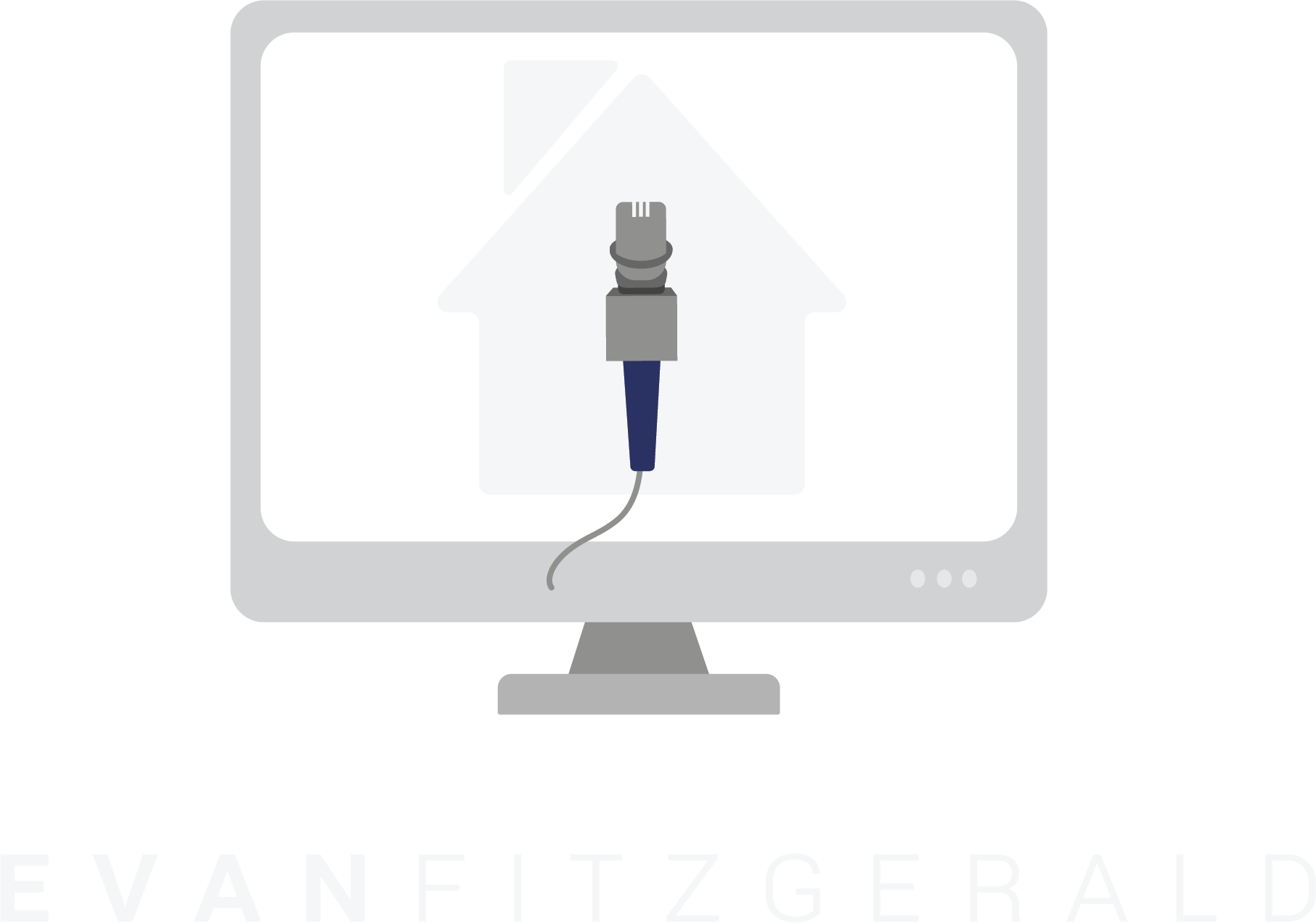Are More Homeowners Selling as Mortgage Rates Come Down?
The Mortgage Rate Lock-In Effect

If you’re looking to buy a home, the recent downward trend in mortgage rates is good news because it helps with affordability. But there’s another way this benefits you – it may inspire more homeowners to put their houses up for sale.
Over the past year, one factor that’s really limited the options for your move is how few homes were on the market. That’s because many homeowners chose to delay their plans to sell once mortgage rates went up. An article from Freddie Mac explains:
“The lack of housing supply was partly driven by the rate lock-in effect. . . . With higher rates, the incentive for existing homeowners to list their property and move to a new house has greatly diminished, leaving them rate locked.”
These homeowners decided to stay put and keep their current lower mortgage rate, rather than move and take on a higher one on their next home.
Early Signs Show Those Homeowners Are Ready To Move Again
According to the latest data from Realtor.com, there were more homeowners putting their houses up for sale, known in the industry as new listings, in December 2023 compared to December 2022 (see graph below):
Here's why this is so significant. Typically, activity in the housing market cools down in the later months of the year as some sellers choose to delay their moves until January rolls around.
This is the first time since 2020 that we’re seen an uptick in new listings this time of year. This could be a signal that the rate lock-in effect is easing a bit in response to lower rates.
What This Means for You
While there isn’t going to suddenly be an influx of options for your home search, it does mean more sellers may be deciding to list. According to a recent article from the Joint Center for Housing Studies (JCHS):
“A reduction in interest rates could alleviate the lock-in effect and help lift homeowner mobility. Indeed, interest rates have recently declined, falling by a full percentage point from October to November 2023 . . . Further decreases would reduce the barrier to moving and give homeowners looking to sell a newfound sense of urgency . . .”
And that means you may see more homes come onto the market to give you more fresh options to choose from.
Bottom Line
As mortgage rates come down, more sellers may re-enter the market – that gives you an opportunity to find the home you’re looking for. Let’s connect so you’ve got a local expert on your side who’ll help you stay on top of the latest listings in our area.
The information contained, and the opinions expressed, in this article are not intended to be construed as investment advice. Evan Fitzgerald or @properties does not guarantee or warrant the accuracy or completeness of the information or opinions contained herein. Nothing herein should be construed as investment advice. You should always conduct your own research and due diligence and obtain professional advice before making any investment decision. Evan Fitzgerald or @properties will not be liable for any loss or damage caused by your reliance on the information or opinions contained herein.
Share this Post

We are committed to providing an accessible website. If you have difficulty accessing content, have difficulty viewing a file on the website, notice any accessibility problems or should you require assistance in navigating our website, please contact us.
Privacy Policy:
Mobile information will not be shared with third parties or affiliates for marketing or promotional purposes.
We ensure that personal information of our users is not sold, rented, released, or traded to others without prior consent or a legal obligation.
If you are receiving text messages from us and wish to stop receiving them, simply respond with either “STOP” or “UNSUBSCRIBE” to the number from which you received the message. Once we receive your message, you will no longer receive further text messages from us.
All Rights Reserved | Website Powered by National Association of REALTORS®






